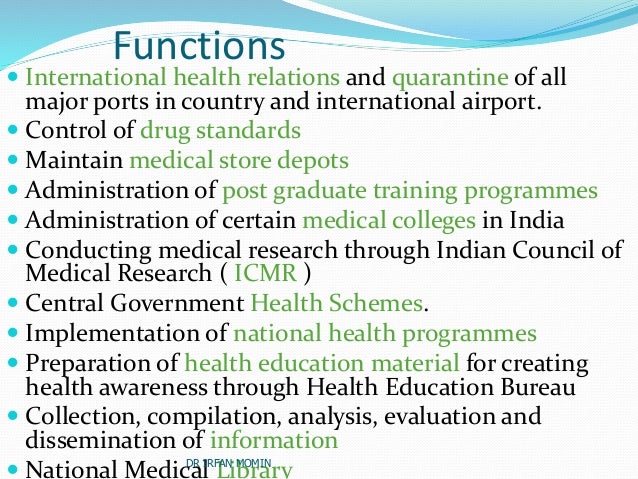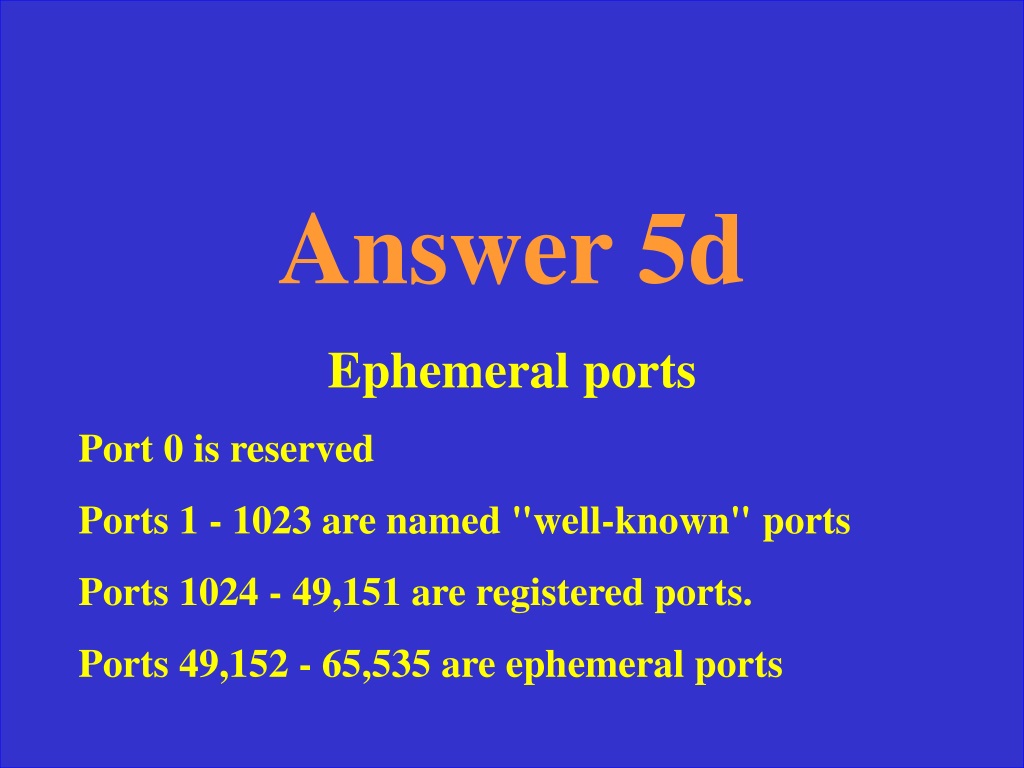
#Non ephemeral ports how to
Section 2.1, "Using Oracle MetaLink to Obtain the Latest Oracle Application Server Hardware and Software Requirements"ĭescribes how to find the most current requirements for Oracle Application Server 10 g (10.1.4.0.1). ( The general list of blocked ports.Table 2-1 Sections in This Chapter Section
#Non ephemeral ports windows
( The default dynamic port range for TCP/IP has changed since Windows Vista and.) First, obviously, you need to (ab)use ephemeral ports for listening servers so that you clients try to connect to ephemeral ports. The scenario of self connect described in this post is quite specific and requires specific preconditions. It is interesting to note that Linux chooses ephemeral ports sequentially, not randomly. What happened? In short, client connected to itself. Telnet: connect to address 127.0.0.1: Connection refused It's worth to mention the TCP self-connect issue in case of misconfiguration.
#Non ephemeral ports windows 7
Later Windows versions, including Vista, Windows 7 and Server 2008, use the. Many Linux versions use port range 32768-61000, while Windows versions (until XP) use 1025-5000, by default. use different port ranges for ephemeral ports. However, it is usually reused only after the entire port range is used up.ĭifferent. Instead, the server to the client uses a new, temporarily assigned port that the client provides as the source port.Īfter communication is terminated, the port becomes available for use in another session. However, because the server does not initialize communication, it should not use a well-known port to send replies to the client, just in case a server-type application is running on that client device. UDP., the client initiates communication with a server through one of the many well-known ports. Here come temporary ports which in this case would allow servers to keep listening on port 80 and communicate on other simultaneously (some kind of " full-duplex") For example, let's assume these are TCP/IP ports: Not to mention that other clients would have to wait for the server's responses to other clients since its 80 port is temporarily unavailable (used to send response to a client) How would both server communicate? Would you implement some kind of " half-duplex" communication on the single 80 port (listen, transmit, listen, transmit.)? In such case, the communication would be at least slower.



For example, there are two web servers and both listen on port 80. Without such ephemeral/temporary ports assigned, there might be Internet Protocol (IP)/network communication conflicts or downtimes. Just as well-known and registered port numbers are used for server processes, ephemeral port numbers are for client processes only. On Unix-like operating systems, a process must execute with superuser privileges to be able to bind a network socket to an IP address using one of the well-known ports. They are used by system processes that provide widely used types of network services. before March 21, 2001, and were assigned by the. Registered port numbers are currently assigned by the. Ports with numbers 0-1023 are called system or well-known ports ports with numbers 1024-49151 are called user or registered ports, and ports with numbers 49152-65535 are called dynamic, private or ephemeral ports.


 0 kommentar(er)
0 kommentar(er)
